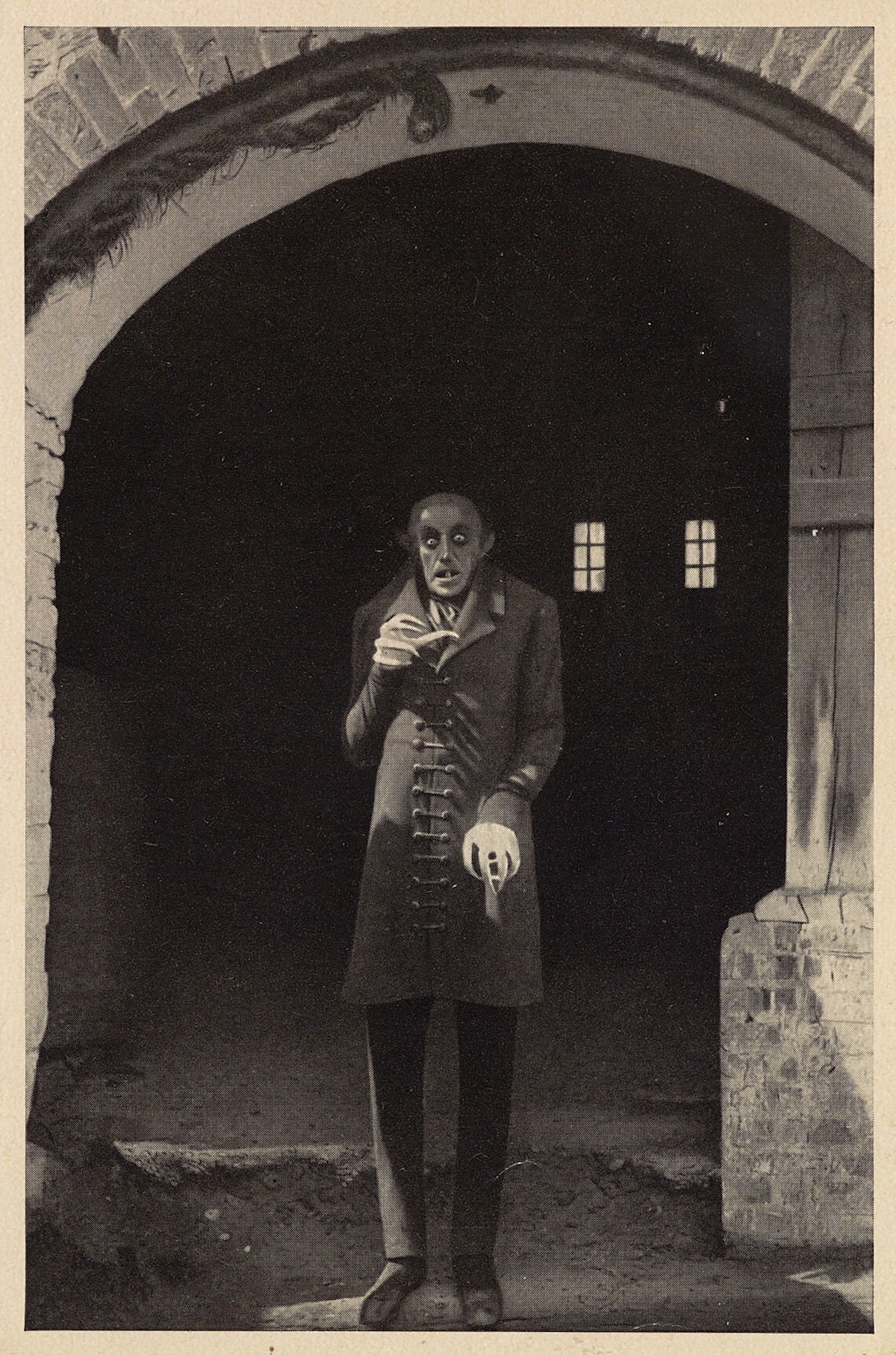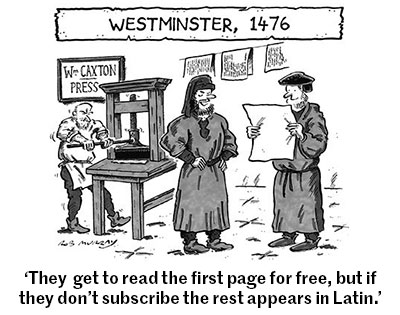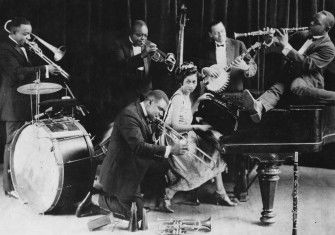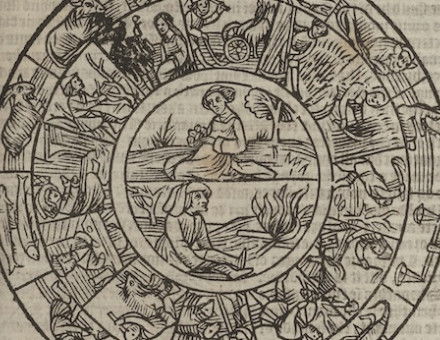Vampire Bats: Out of Hell?
It took an Irish Gothic novelist to tie up centuries of demonic mythology surrounding the bat with the publication of Bram Stoker’s Dracula.

What would vampires be without bats? In Bram Stoker’s Dracula (1897), locus classicus of the modern vampire, the two were inextricably linked. With his ‘sharp, white teeth’, pointed ears, ‘highly-arched nostrils’ and cloak ‘spreading out around him like great wings’, the Count looked nothing if not bat-like. He could even transform himself into one, ‘buffeting its wings’ against Lucy Westenra’s window, looming over Renfield’s cell and stalking his pursuers as they plot his demise. And it is as a gigantic, blood-crazed bat that Dr Van Helsing most vividly describes him.
Since the publication of Stoker’s novel, the connection has only become stronger. Thanks to film adaptations starring Bela Lugosi (1931), Christopher Lee (1958) and Gary Oldman (1992) among others, the image of the vampire as a ‘bat-man’ has been so firmly fixed in the popular imagination that, despite some recent attempts to ‘humanise’ the monster (e.g. Buffy the Vampire Slayer and the Twilight series), the two are now virtually synonymous.







